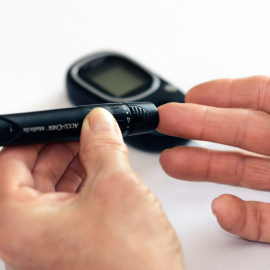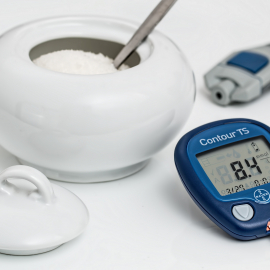Diabetic retinopathy occurs when blood vessels in the back of the eye on the retina become damaged. The damaged blood vessels can leak fluid into the retina, or they can break open and bleed. A laser treatment, performed at our office, can be performed to control the bleeding. For this procedure, anesthesia is provided by eye drops.
Diabetic retinopathy is the leading cause of blindness in the industrialized world for people between the ages of 25 and 74. All diabetics should have yearly eye exams.
Chronic diabetes is either Type 1 diabetes or Type 2 diabetes. Type 1 can develop at any age, although it usually appears during childhood or adolescence. Type 2, the most common type, is usually found in people over 40 but can also develop at any age.
Prediabetes is when blood sugar levels are higher than normal, but not high enough to be classified as diabetes. Gestational diabetes occurs during pregnancy but may resolve after the baby is delivered.
The longer you have diabetes, the higher the risk of complications. Eventually, diabetes complications may be disabling or even life-threatening.



Risk factors vary depending on the type of diabetes:
Type 1
Type 2
Gestational diabetes
Low blood sugar is treated with quickly absorbed carbohydrates, such as fruit juice or glucose tablets.